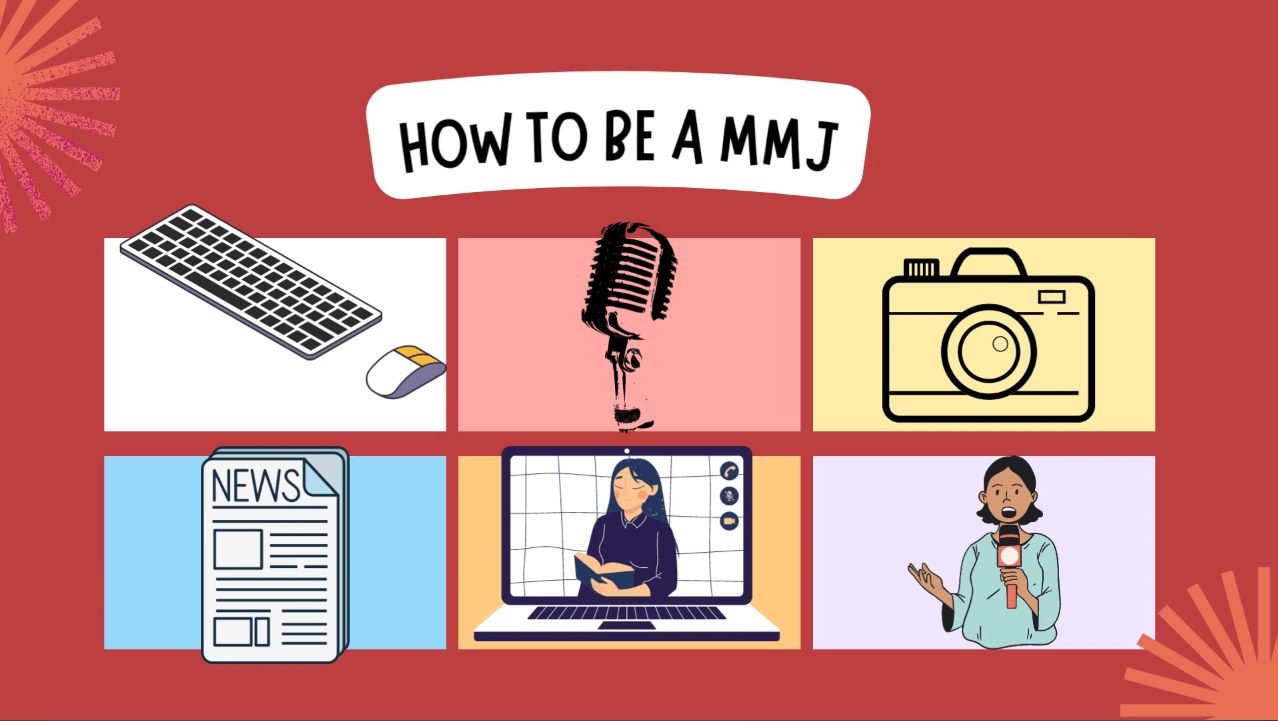After graduating from the University of Georgia, Willie Daniely’s first job was as a multimedia journalist at WTVG 13abc in Toledo, Ohio. He thought it was a good first step in a broadcast career.
“I didn’t study specifically to be an MMJ,” he said. “Ideally, I wanted to be a reporter. The camera equipment is not my strong suit. But they told us in school that when you’re getting into the industry, MMJ is that entry level, how you get where you want to go.”
Willie Daniely created a video guide for multimedia journalists as an innovation project for the 2022-2023 Poynter-Koch Media and Journalism Fellowship while working at ABC 13 in Toledo, Ohio. (Photo: WTVG 13ABC, courtesy Willie Daniely)
But when he started at the station in 2021, he found he was only one of two MMJs, and the other journalist left WTVG two weeks after Daniely began work there. He didn’t have much guidance about workflow and the challenges specific to being a multimedia journalist: They often have to be both in front of and behind the camera and go out on assignments alone. “It’s a lot to juggle,” Daniely said.
MMJs might also need to adjust to assignments where they’re working with a dedicated video journalist who is shooting photos or video, in which case they may not need to produce their own multimedia material.
Things improved once the station began hiring other MMJs, but Daniely found they were in the same boat as him was when he began. They were looking for help and feedback. Eventually, the station began holding workshops where video work was critiqued and improvements could be discussed.
When it came time for Daniely to choose an innovation project for his Poynter-Koch Media and Journalism Fellowship, he decided to put together a guide that tied together the things he learned on the job and the best practices for an MMJ at the station. Titled, “How to be a MMJ,” the project took the form of a short, brightly illustrated and friendly video that offers tips on things including pitching stories, developing sources and staying safe on the job.
Daniely said he hoped the video would address a lot of questions in a short amount of time and benefit those who come into a similar position. “We’re all having the same questions, we’re all having the same struggles, but no one was addressing it,” Daniely said. “That led me to want to do something about it.”
In particular, Daniely said he’s proud of the information in the video about not preguessing what an interviewee might say or where a story might go, and personal safety, an area MMJs sometimes don’t think about enough. Daniely sometimes worked night shifts, covering crime stories alone.
“I could not stress that enough because it’s something I had to learn the hard way,” he said. “You might be going into random people’s houses, it can be potentially dangerous. It’s very important to go with your gut.”
This year, Daniely began a new job at WRAL in Raleigh. At the larger station, he said, there are more resources available to MMJs, “hundreds of documents we can reference,” he said.
He’s proud that he’s been able to share the video guide with fellowship participants and with the public; it’s now available on YouTube.
And at his previous station, the video has been converted into a handbook to help new MMJs along the same career path that Daniely started on.
This story is part of a series profiling innovation projects from the 2022-2023 Poynter-Koch Media and Journalism Fellowship. The projects were presented at a May summit in Washington, D.C.
